Today, we’re diving into the enchanting world of Crocus plants and flowers. These vibrant and charming blooms are a surefire way to add a splash of color to your garden, ushering in the joys of spring.
Whether you’re a seasoned gardener or just starting out, Crocuses are a fantastic choice due to their low maintenance and stunning appearance. In this guide, we’ll explore the best times to plant them, offer tips for their care, and introduce you to some different types to elevate your garden’s beauty.

Planting Time: When to Get Started
Crocus flowers are often the first to appear in the garden after a long, dreary winter. To ensure your garden bursts into a riot of color as soon as spring arrives, here are some tips on when to plant these delightful bulbs:
Autumn Planting: The best time to plant Crocus bulbs is in the autumn, ideally between late September and early November. This gives them ample time to establish roots before the frost sets in.
Chill Period: Crocus bulbs need a period of cold to stimulate their growth. If you live in a mild climate, you may want to chill the bulbs in your refrigerator for 8-10 weeks before planting.
Spring Blooms: With proper timing, you can expect your Crocuses to bloom as early as late winter or early spring, providing a much-needed burst of color.
Choosing the Right Spot
Crocus plants are not particularly picky, but they do appreciate a few considerations when it comes to their planting location:
Sunlight: Crocuses thrive in full to partial sunlight. Choose a spot in your garden that receives at least 4-6 hours of sunlight per day.
Soil: Well-draining soil is a must. These bulbs hate sitting in waterlogged soil. You can improve drainage by adding compost or sand to your soil. If you’re planting them in a pot instead ensure that it has drainage holes.
Spacing: Plant your Crocus bulbs about 2-3 inches apart and 3-4 inches deep. This allows for good air circulation and prevents overcrowding.
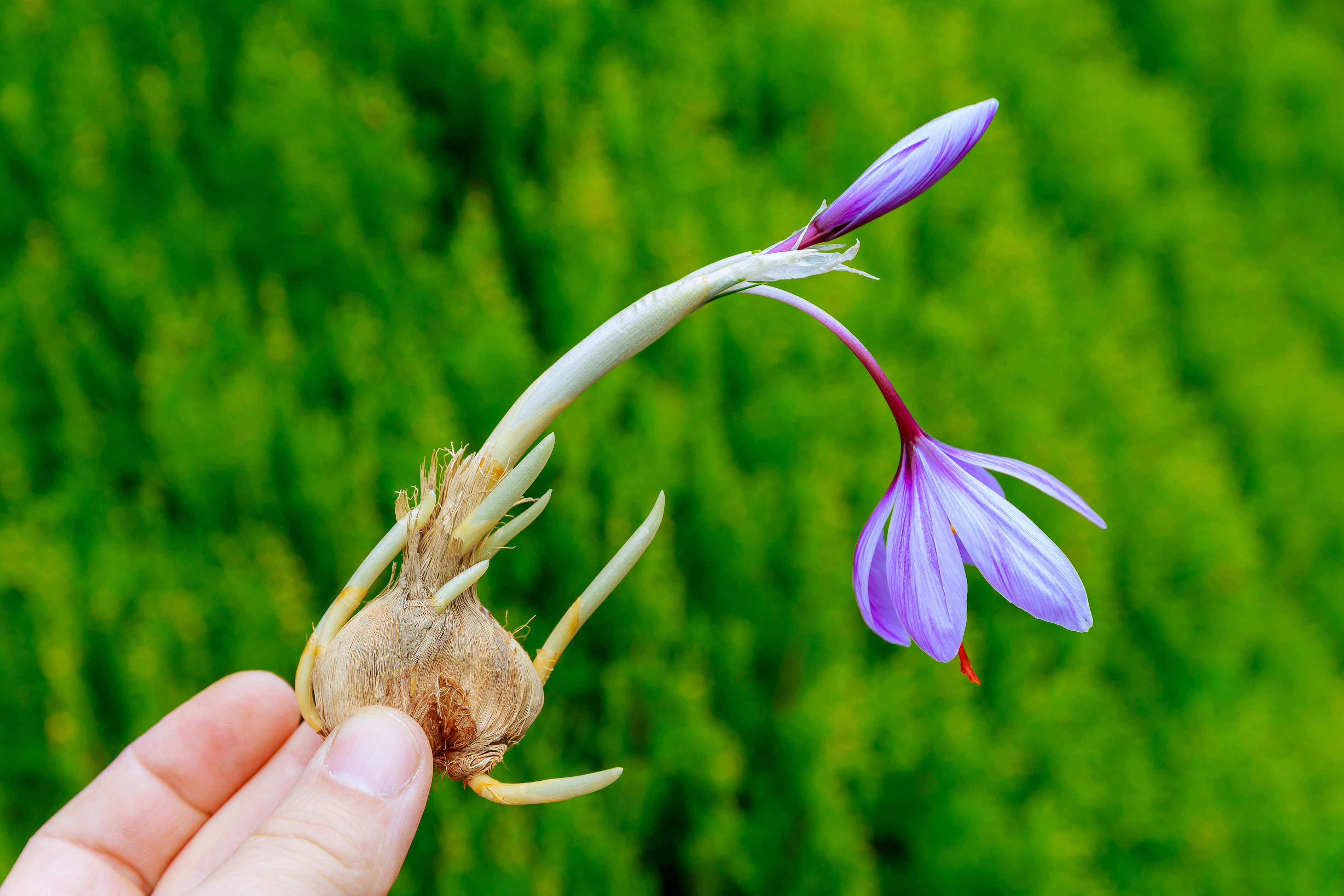
Caring for Your Crocuses Year After Year
Now that your Crocuses are planted, let’s talk about how to ensure they return year after year in all their glory:
Watering: Once planted, water the bulbs thoroughly. During the growing season, keep the soil consistently moist but not waterlogged.
Fertilising: Apply a balanced, slow-release fertiliser in the early spring when the shoots start to emerge. This provides the necessary nutrients for healthy growth and blooms.
Deadheading: Remove faded flowers to encourage new growth and prevent self-seeding, which can lead to overcrowding.
Mulching: A layer of mulch can help regulate soil temperature and retain moisture. However, be sure not to bury the bulbs too deep beneath the mulch.
Pest Control: Crocuses are generally pest-resistant, but squirrels and voles may be tempted to dig up the bulbs. Consider using wire mesh or other deterrents to protect your precious blooms if this is likely to be an issue.
Varieties of Crocus to Consider
Now, let’s explore some diverse Crocus varieties to add a touch of uniqueness to your garden:
Crocus vernus: These large-flowered Crocuses come in a range of colors, from deep purples to bright yellows.
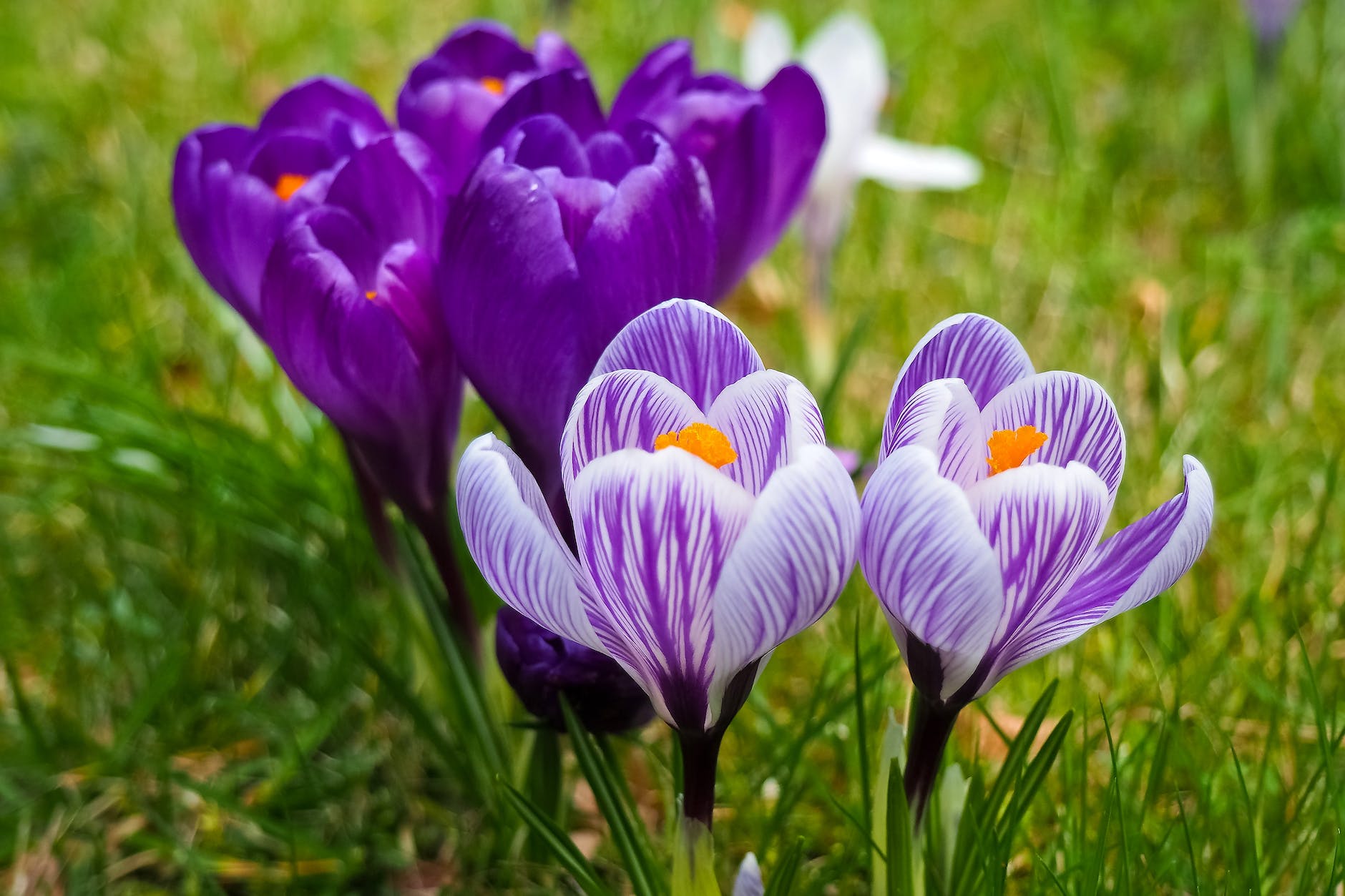
Crocus chrysanthus: Known for their early bloom, these tiny but vibrant flowers add a cheerful touch to your garden.
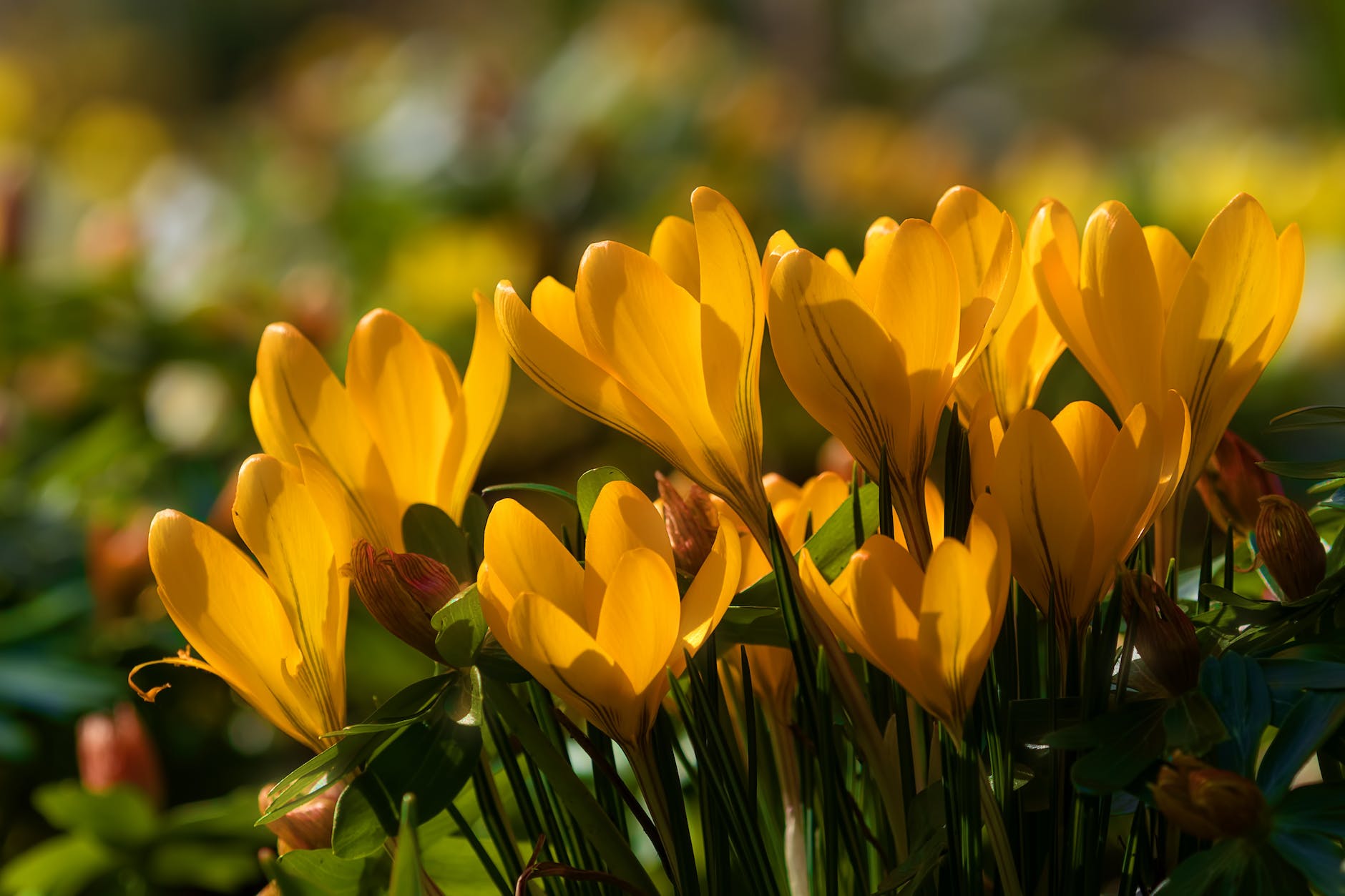
Crocus tommasinianus: Also called the ‘Tommies,’ these Crocuses naturalise beautifully and feature pale lavender petals with golden centers.
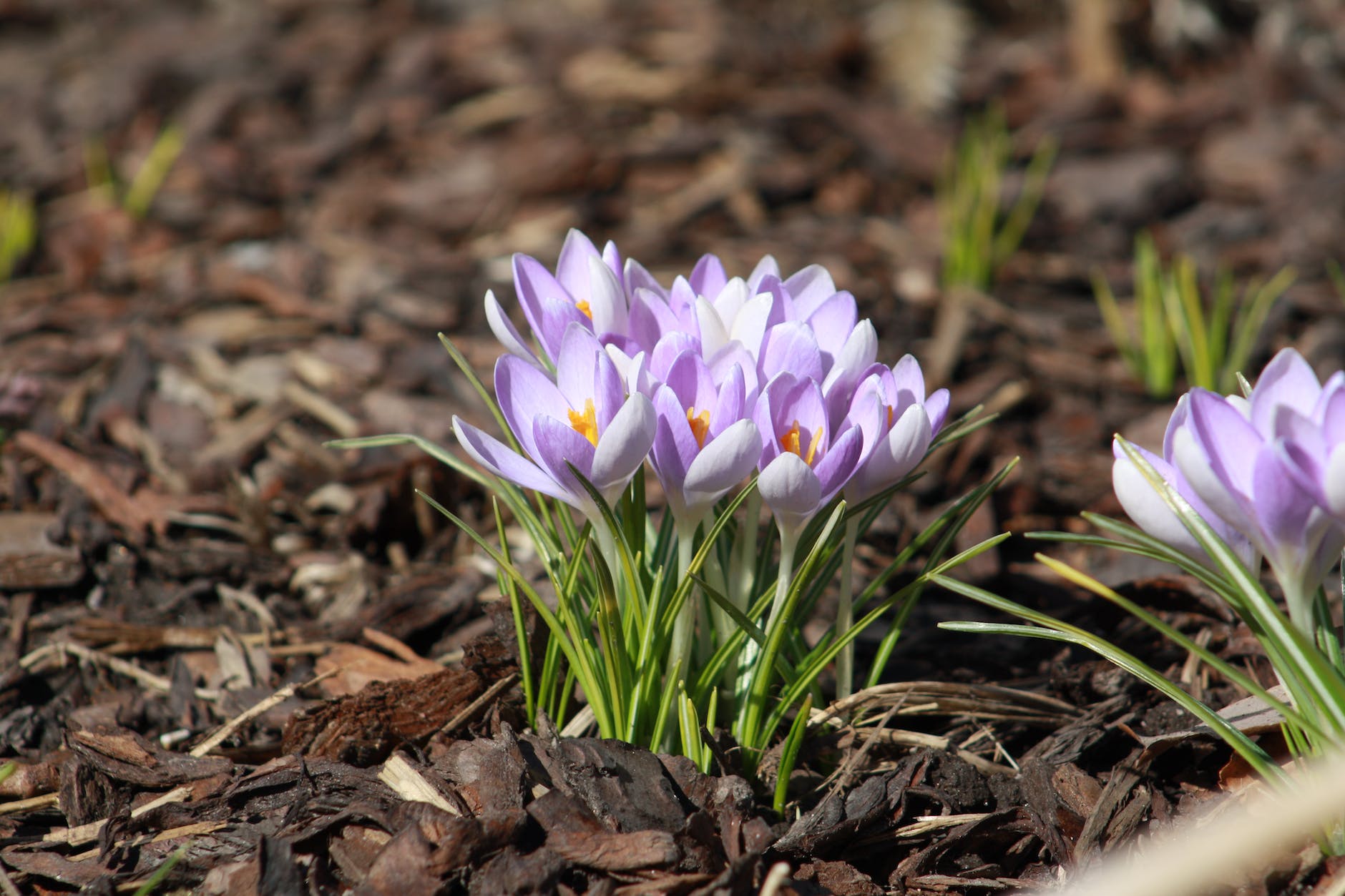
Final Comments
Crocus flowers bring the promise of spring with their vibrant colors and early blooms. With a little care and the right planting time, you can enjoy these charming flowers year after year. Whether you opt for the classic Crocus vernus or explore other varieties, your garden will thank you for the burst of color and beauty. So, get out there, plant some Crocus bulbs, and watch your garden transform into a masterpiece when spring comes around.
Happy gardening!



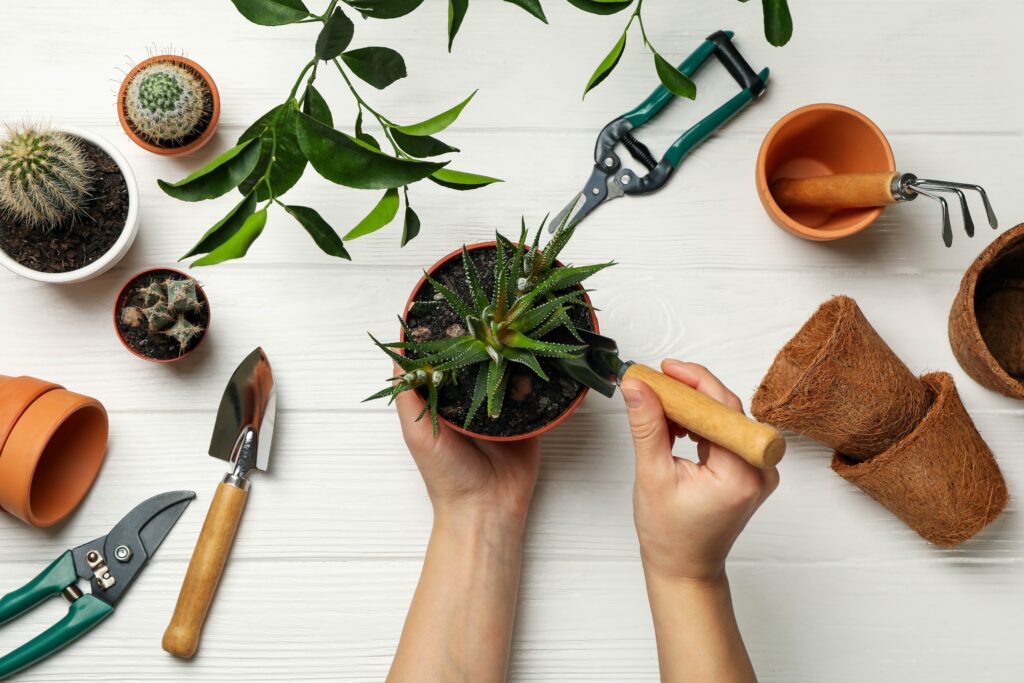

Pingback: How and When to Plant Daffodil Bulbs - Root and Rain
Pingback: White Poinsettia for Your Home and Garden - Root and Rain